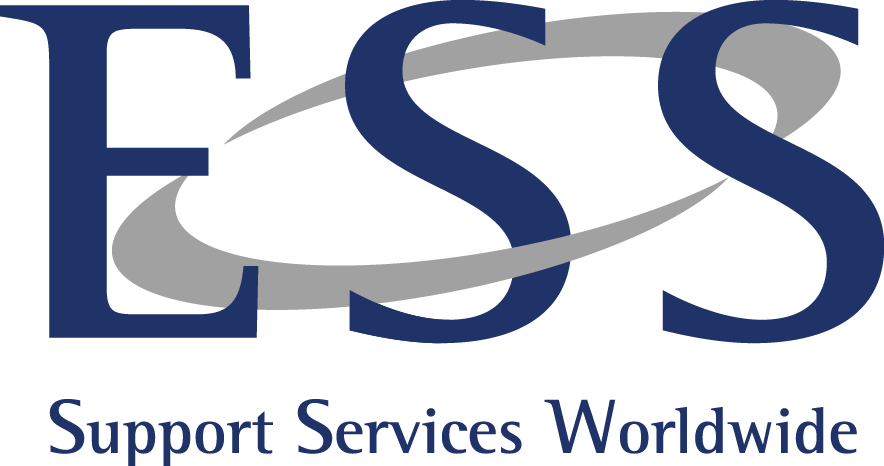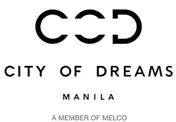Title Page
-
Document No.
-
Audit Title
-
Client / Site
-
Conducted on
-
Prepared by
-
Location
-
Personnel
Associate Health & Hygiene
-
Associate Health Reporting Agreement is completed and on file for all new hires in the past 30 days.
-
Cuts and wounds are properly bandaged/covered.
-
Associates are in proper uniform, including hats and footwear. Appearance is clean and professional.
-
Associate personal belongings are stored in dedicated area(s).
-
Handwashing station(s) are properly supplied (soap, towels, hot water, trash can) and accessible.
-
Single-use gloves are accessible in necessary sizes.
-
First aid supplies are stocked at acceptable levels. Blue bandages are available.
-
Proper practices are observed during inspection [eating/smoking is restricted to designated area(s); proper handwashing and glove use; no bare hand contact with ready-to-eat food; etc.].
-
Proper handwashing procedures observed.
-
Hands were washed between tasks and when appropriate.
-
Associates were observed removing gloves when leaving workstation, and washing hands and putting on new gloves when returning to stations.
-
Single use gloves were changed between tasks as required. Hands were washed when changing gloves.
-
All associates working during the inspection appeared in good health.
-
Cuts and wounds on associate hands and forearms were covered, as needed.
-
No eating and/or drinking at workstations was observed.
Food Thermometers
-
Approved food thermometers are accessible to all foodhandlers. (At least 1 food thermocouple thermometer in use in each operation).
-
Approved chemical for sanitizing food thermometers is accessible to all foodhandlers.
-
Previous week's accuracy checks were completed; Food Thermometer Calibration Record (or equivalent log) was properly used.
-
Proper practices are observed during inspection [proper use and care of thermometers; sanitized before use; etc.].
-
Foodhandling associates were observed using food thermometers.
-
Food thermometers were observed used properly.
-
Food thermometers were cleaned and sanitized between uses appropriately.
-
Food thermometers were found in calibration.
Receiving & Storage
-
HACCP Verification: Previous day's Food Delivery Record (or equivalent log) was properly completed for each delivery.
-
CCP Verification: Deliveries received TODAY are observed to be properly inspected, including temperature checks of potentially hazardous foods (detail in next column).
-
Thermometers are provided and located in the warmest part of all refrigerators/freezers.
-
HACCP Verification: Previous day's Cold Storage Temperature Log (or equivalent record) entries are appropriate.
-
CCP Verification: Refrigerator temperatures are verified during inspection to be 40°F/4°C or below (detail in next column).
-
Frozen foods are verified to be solidly frozen.
-
All raw meats, poultry, fish/seafood, and shell eggs are stored on designated lower shelving or separate rack(s) in walk-in(s). Raw product in any reach-in(s) is likewise properly segregated.
-
An adequate supply of date marking labels is accessible to all foodhandlers.
-
All leftovers and foods removed from original packaging are properly labeled.
-
Cleaning chemicals are stored in dedicated location(s).
-
Damaged, spoiled, or recalled food is held in dedicated location(s).
-
Proper practices observed during inspection [deliveries inspected, including temperature checks; good storage practices, including stock rotation, food covered/ wrapped; chemical containers labeled/covered; etc.].
-
Deliveries received during inspection were properly inspected and check before accepting.
-
Food labeling system is applied consistently by all associates. System is well-understood.
-
No cross contamination hazards were observed during inspection (raw meat vs. ready to eat; water drips, ice buildup, etc.)
-
Cleaning chemicals are used properly to prevent contamination.
-
Cleaning chemicals are stored properly to prevent contamination.
-
No expired food observed.
-
Stored and displayed foods are properly rotated.
Preparation/Production
-
HACCP Verification: Previous day's Food Production Record (or other final temperature log) was properly completed for all foods cooked/reheated.
-
CCP Verification: Final cooking temperatures of potentially hazardous foods cooked/reheated TODAY are observed to be properly checked (detail in next column).
-
HACCP Verification: Previous day's Food Production Record (or other final temperature log) was properly completed for all cold foods produced.
-
CCP Verification: Final production temperatures of potentially hazardous cold foods prepared TODAY are observed to be properly checked (detail in next column).
-
Hand barrier protection observed for all cold food production. No bare hand contact with cooked/ready-to-eat foods. (Gloves worn/utensils used.)
-
Colored cutting boards (red, green, white) are provided in adequate numbers and properly used.
-
HACCP Verification: Previous day's Cooling Time/Temperature Log (or equivalent record) was properly completed for all food cooled after cooking, including leftovers, cold production ingredients, and foods prepared a day or more ahead.
-
CCP Verification: Stored cooked foods from previous day are all verified during inspection to be 40°F/4°C or below. Cooling methods used for potentially hazardous foods stored TODAY are observed to be proper. (Detail in next column.)
-
Proper practices are observed during inspection [final cooking and cold production temperatures checked during preparation; metal containers used for cooling (no plastic!); etc.].
-
Final cooking/reheating temperatures were observed being taken.
-
Final cold production temperatures were observed being taken.
-
Foods were observed being safety thawed.
-
Foods were observed being safely cooled.
Cold and Hot Holding
-
HACCP Verification: Previous day's Food Holding Temperature Log (or equivalent record) was properly completed at all stations where food is held/displayed/ served cold.
-
CCP Verification: Cold food holding temperatures are verified during inspection to be 40°F/4°C or below (detail in next column).
-
HACCP Verification: Previous day's Food Holding Temperature Log (or equivalent record) was properly completed at all stations where food is held/displayed/ served hot.
-
CCP Verification: Hot food holding temperatures are verified during inspection to be 140°F/60°C or above (detail in next column).
-
Displayed food is protected by sneeze guard or covered/ wrapped.
-
Proper practices are observed during inspection [front-of-house foodhandlers wear gloves; proper serving utensils; food temperatures checked when replenishing; etc.]
-
-
-
-
-
-
Cleaning & Sanitizing
-
All areas of the operation are clean and 'inspection-ready'.
-
Individual Area Cleaning Schedule is posted in each area/department/workstation, or otherwise accessible to associates with cleaning duties. Previous day's cleaning tasks were completed.
-
Necessary cleaning compounds and tools are available.
-
Potsink is clean and properly supplied [appropriate chemicals, scrub brush(es)/pad(s), water temperatures; trash can].
-
Test kit for checking sanitizing solution concentration is readily accessible.
-
Previous day's Sanitizing Solution Concentration Log (or equivalent record) entries are appropriate for potsink and any other sanitizing solution filling station.
-
Sanitizing solution concentration at potsink and any other filling station is verified during inspection to be proper (detail in next column).
-
Dishmachine is clean and properly supplied [appropriate chemicals; racks; trash can(s)].
-
Previous day's Dishmachine Temperature Log (or equivalent record) entries are appropriate. For chemical-sanitizing dishmachine, Sanitizing Solution Concentration Log (or equivalent record) is also maintained; entries are appropriate.
-
Dishmachine temperatures are verified during inspection to be proper (detail in next column). For chemical-sanitizing dishmachine, concentration of final rinse sanitizing solution is also verified during inspection to be proper (detail in next column).
-
In-use wiping cloths are stored in containers of sanitizing solution that are readily accessible to all foodhandlers. Containers are permanently labeled.
-
Wiping cloth containers were cleaned and sanitized after last use.
-
Proper practices are observed during inspection [proper potwashing procedures, clean solutions; proper dishwashing procedures, including racking of wares; sanitary storage of clean wares; etc.].
-
-
-
-
-
-
Unit Specific Controls
-
Salad Bar Time<br>










